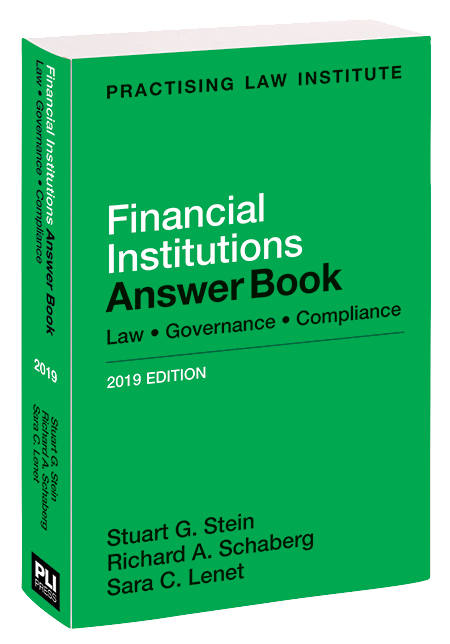Directors’ and Officers’ Liability provides a cutting edge, straightforward explanation of the obligations of directors and officers of public companies, the penalties that they face if they fail to meet their obligations, and the protections that are offered them under the law or by agreement. This treatise for corporate counsel, private practitioners, and for directors and officers themselves guides readers through the essentials of the current law, recent developments, and emerging issues of directors’ and officers’ liability. This title covers the sources of law governing the duties of directors and officers; the key facets of board committees; the duties of directors and officers under state corporate law and federal and state securities laws; private civil actions and public enforcement; exculpation, indemnity, and insurance; cybersecurity; contested mergers and acquisitions; Securities Act suits filed in state court; special issues in pharma and biotech; and more.
The highlights for the latest release for Directors’ and Officers’ Liability include:
- Emerging Issues: A Revival of Caremark Claims. Two recent decisions, one issued by the Delaware Supreme Court in June 2019 and another issued by the Delaware Court of Chancery in October 2019, herald what might be a new era of shareholders asserting Caremark claims, breach of the duty of loyalty by a failure of oversight, and those claims surviving motions to dismiss. See new section 8:7 and section 3:3.14 for a review of Caremark and analysis of Marchand v. Barnhill and In re Clovis Oncology, Inc. Derivative Litigation.
- Federal Forum Exclusive Venue Provisions for Securities Act Claims. In Sciabacucchi v. Salzberg, the Delaware Court of Chancery held that company charter provisions stating that federal courts shall be the exclusive forum for Securities Act class action claims are invalid. See new section 1:4.2 for a history and analysis of jurisdiction over securities class actions under the PSLRA, SLUSA, and the latest Delaware cases.
This essential treatise is available on PLI PLUS. If you would like to order a print copy, please contact libraryrelations@pli.edu.

